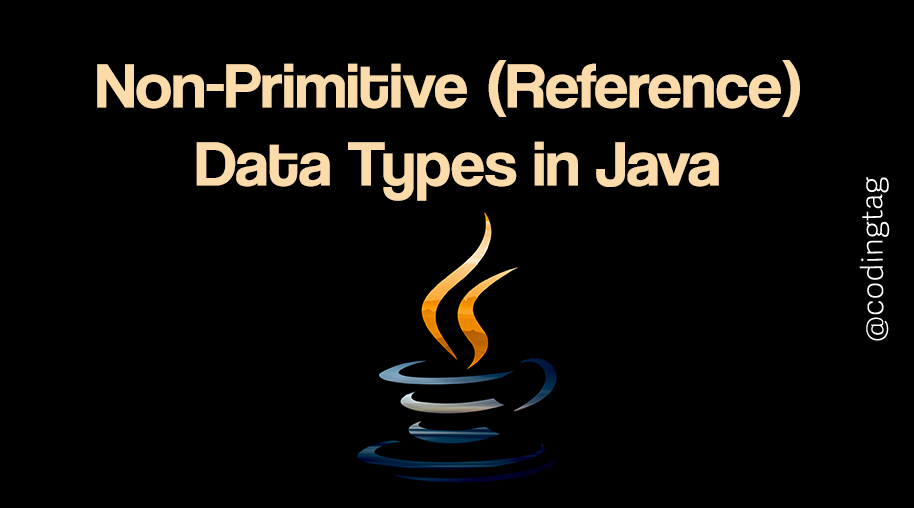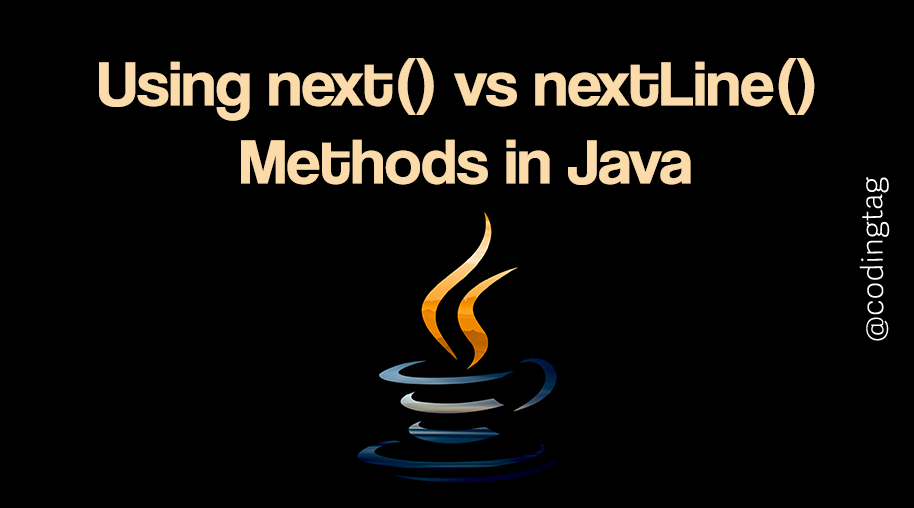do-while Loop in Java
0 225
Understanding the do-while Loop in Java
The do-while Loop in Java is a unique looping construct that ensures the code block inside the loop executes at least once before the condition is tested. Unlike the while loop, which checks the condition first, the do-while loop guarantees one execution regardless of the condition.
Syntax of do-while Loop
The structure of a do-while loop looks like this:
do {
// code to be executed
} while (condition);
The key part here is the do block followed by the while condition at the end. After running the code inside the do block once, Java checks the condition. If it evaluates to true, the loop runs again; otherwise, it stops.
How does the do-while Loop Work?
When a do-while loop starts, the statements inside the do block are executed immediately. Only after that does the program evaluate the while condition.
This makes it perfect for situations where you want the loop body to run at least once, like menu selections or input validations.
Example of do-while Loop in Java
Here’s a practical example showing a simple counter using a do-while loop:
int count = 1;
do {
System.out.println("Count is: " + count);
count++;
} while (count <= 5);
Output:
Count is: 1
Count is: 2
Count is: 3
Count is: 4
Count is: 5
When to Use do-while Loop?
Use the do-while loop when you need to execute a block of code at least once before checking any condition. Common cases include reading user input where you want the prompt to show at least once or performing operations where the first execution does not depend on any prior condition.
Key Points to Remember
- The code inside the
doblock always runs once, no matter what. - The condition is checked after the execution of the block.
- If the condition is true, the loop repeats; if false, the loop ends.
- Be careful with conditions to avoid infinite loops.
Conclusion
The do-while Loop in Java is a valuable tool for scenarios requiring at least one execution before condition checking. Its distinct flow control mechanism makes it ideal for tasks like user input handling and repeated processing where initial execution is mandatory.
Understanding how and when to use it will strengthen your Java programming skills.
If you’re passionate about building a successful blogging website, check out this helpful guide at Coding Tag – How to Start a Successful Blog. It offers practical steps and expert tips to kickstart your blogging journey!
For dedicated UPSC exam preparation, we highly recommend visiting www.iasmania.com. It offers well-structured resources, current affairs, and subject-wise notes tailored specifically for aspirants. Start your journey today!

Share:






Comments
Waiting for your comments